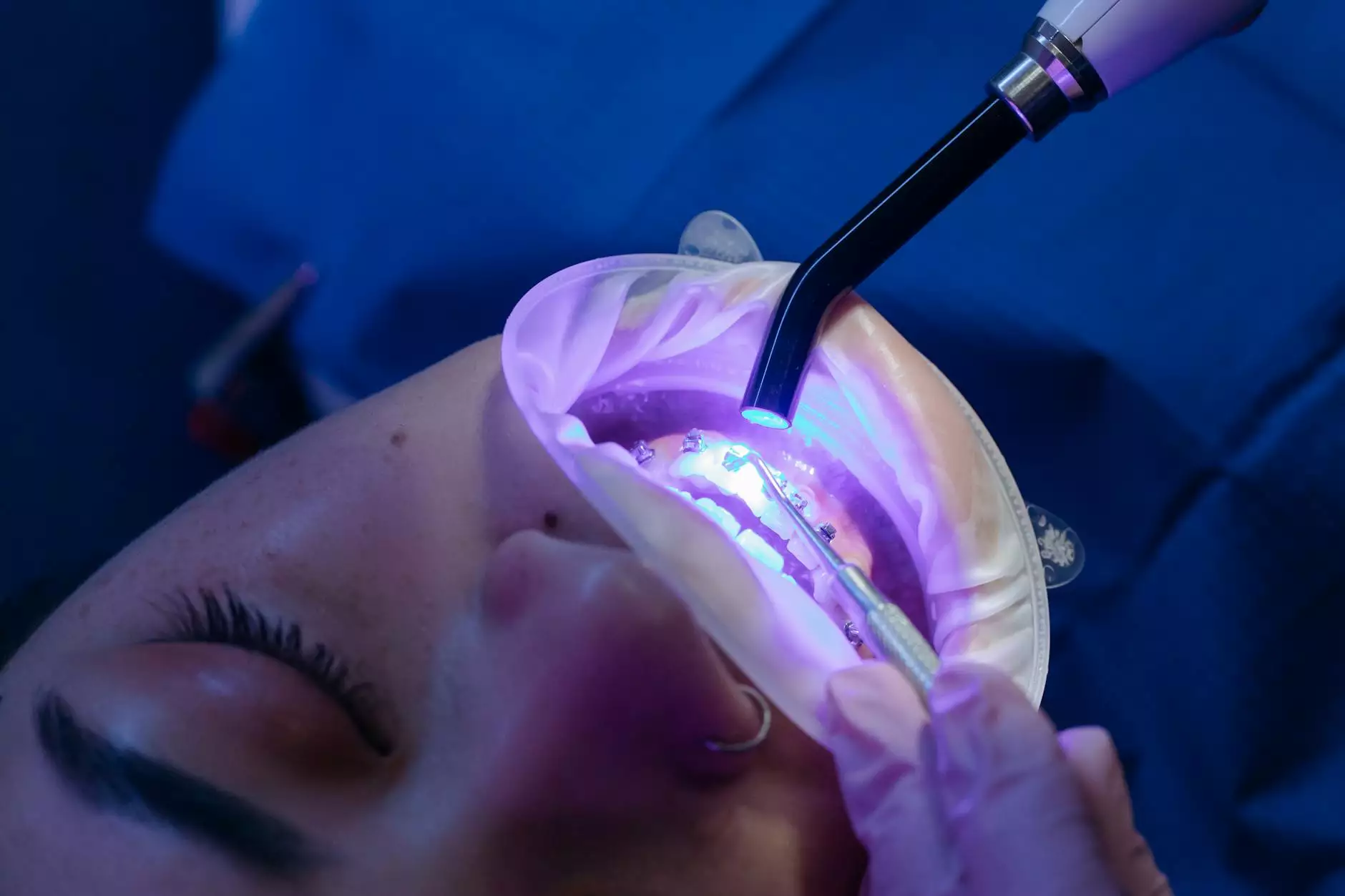Understanding Retractor Surgical Instruments: A Comprehensive Guide

Surgical instruments play a crucial role in the realm of healthcare, particularly in performing effective and efficient surgical procedures. Among these instruments, retractor surgical instruments stand out as essential tools, enabling surgeons to achieve improved visibility and access to the surgical site.
What are Retractor Surgical Instruments?
In surgical contexts, retractor surgical instruments are devices employed to hold back tissues, organs, or wounds, thereby allowing surgeons enhanced visibility into the operative area. Retractors are pivotal in ensuring that the surgical team can work effectively without obstruction, which is vital for the success of the procedure.
The Significance of Retractors in Surgery
The use of retractors is not just a matter of preference; it is a fundamental aspect of modern surgical practices. The advantages of utilizing retractors include:
- Improved Visibility: By holding back tissues, retractors give surgeons a clearer view of the surgical field.
- Enhanced Access: Retractors help in reaching deeper structures that need surgical intervention.
- Reduced Blood Loss: By stabilizing tissue, retractors can help minimize bleeding during surgery.
- Increased Surgical Efficiency: With unobstructed access, surgical teams can work more swiftly and effectively.
Types of Retractor Surgical Instruments
Retractor surgical instruments come in various types, each designed for specific surgical needs. The primary categories include:
1. Hand-held Retractors
Hand-held retractors are typically used by surgeons or assistants during the procedure. Some common types include:
- Army-Navy Retractors: Known for their versatility, these retractors have a double-ended design, making them ideal for various surgical fields.
- Richardson Retractors: These provide excellent exposure in abdominal and thoracic surgeries.
- Deaver Retractors: They are wide and flat, ideal for holding back large sections of tissue.
2. Self-Retaining Retractors
Self-retaining retractors don’t require constant manual holding, as they are designed to maintain their position on their own. Common types include:
- Gelpi Retractors: These retractors are small, with sharp, angled tips that ensure tissues remain in place securely.
- Balfour Retractors: Often used in abdominal surgery, these retractors allow for significant exposure of the surgical site.
- Bookwalter Retractors: Known for their adaptability, these retractors can be adjusted for various surgical approaches.
Material Considerations for Retractor Surgical Instruments
The efficacy of retractor surgical instruments is significantly influenced by the materials used in their construction. Most retractors are made from:
- Stainless Steel: This material is preferred for its durability and resistance to corrosion, ensuring reusability and longevity.
- Plastic: Some retractors are designed for single-use applications, providing a sterile option for specific procedures.
Usage in Various Surgical Specialties
Retractors find applications across several surgical specialties, including:
1. General Surgery
In general surgery, retractors are essential for exposing abdominal organs during procedures such as appendectomies and cholecystectomies.
2. Orthopedic Surgery
Orthopedic surgeries often utilize retractors to hold back muscles and tissues during joint replacements or fracture fixations, where clear visibility is critical.
3. Neurosurgery
In neurosurgical procedures, retractors are carefully designed to minimize trauma to delicate tissues while facilitating access to the brain and spinal cord.
4. Cardiothoracic Surgery
In cardiothoracic surgery, retractors are crucial for exposing the heart and lungs, enabling surgeons to perform intricate procedures effectively.
Benefits of Using Retractor Surgical Instruments
Utilizing retractor surgical instruments offers several benefits that advance surgical outcomes:
- Increased Visibility: Enhanced view of the surgical area helps in making precise incisions and maneuvering instruments effectively.
- Facilitation of Techniques: Certain retractors allow for the application of advanced surgical techniques, decreasing the risk of complications.
- Patient Safety: By stabilizing tissues, retractors reduce the likelihood of injury to surrounding areas.
- Streamlined Procedures: Improved access leads to faster surgical times, which is beneficial for both patients and surgical teams.
Innovations in Retractor Surgical Instruments
The medical field is continually evolving, and with it, the design and functionality of surgical instruments. Innovations in technology have led to advancements in retractor surgical instruments, such as:
- Ergonomic Designs: New retractors are designed with the user's comfort in mind, reducing strain during prolonged procedures.
- Advanced Materials: Innovations include the use of lightweight and high-strength materials that enhance usability.
- Integrated Technologies: The incorporation of lights or cameras into retractors helps in providing real-time images of the surgical field.
Challenges in Using Retractor Surgical Instruments
While retractors provide numerous benefits, there are challenges associated with their use:
- Potential for Tissue Damage: Improper placement or excessive pressure can lead to trauma to surrounding tissues.
- Training Requirement: Proper use requires training to ensure that the instrument does not become counterproductive during surgery.
- Patient Comfort: Some retractors, especially in prolonged procedures, can cause discomfort to patients, requiring careful consideration and technique.
Conclusion
In summary, retractor surgical instruments are indispensable tools in modern surgical practice, contributing significantly to the efficiency and success of various procedures. Understanding their types, appropriate usage, and innovations can equip healthcare professionals to enhance surgical outcomes fully. As the field of medicine advances, continuing education and adaptation to new technologies will ensure that these instruments remain effective in providing patient care.
For more information about retractor surgical instruments and other medical supplies, visit new-medinstruments.com.









